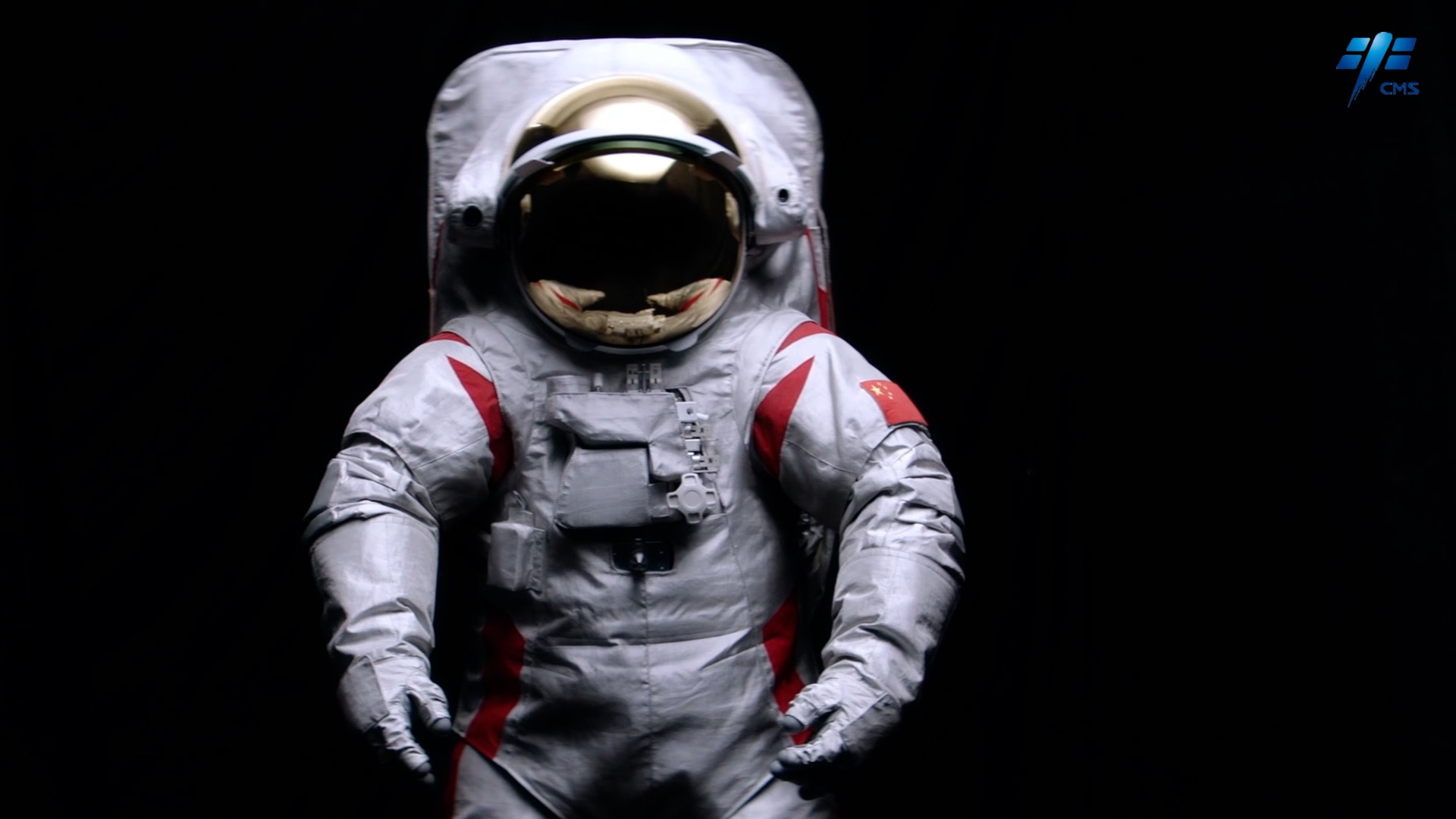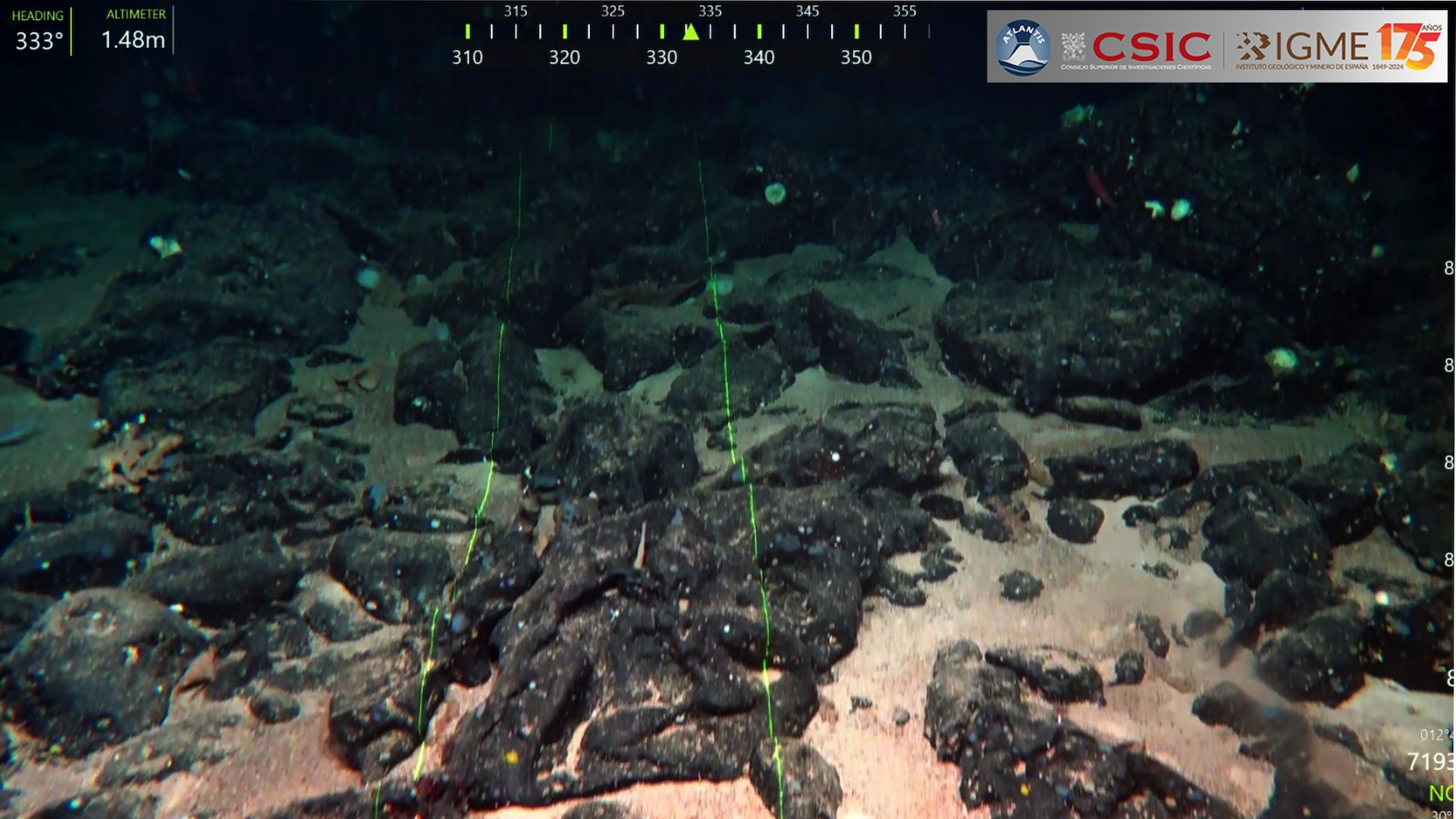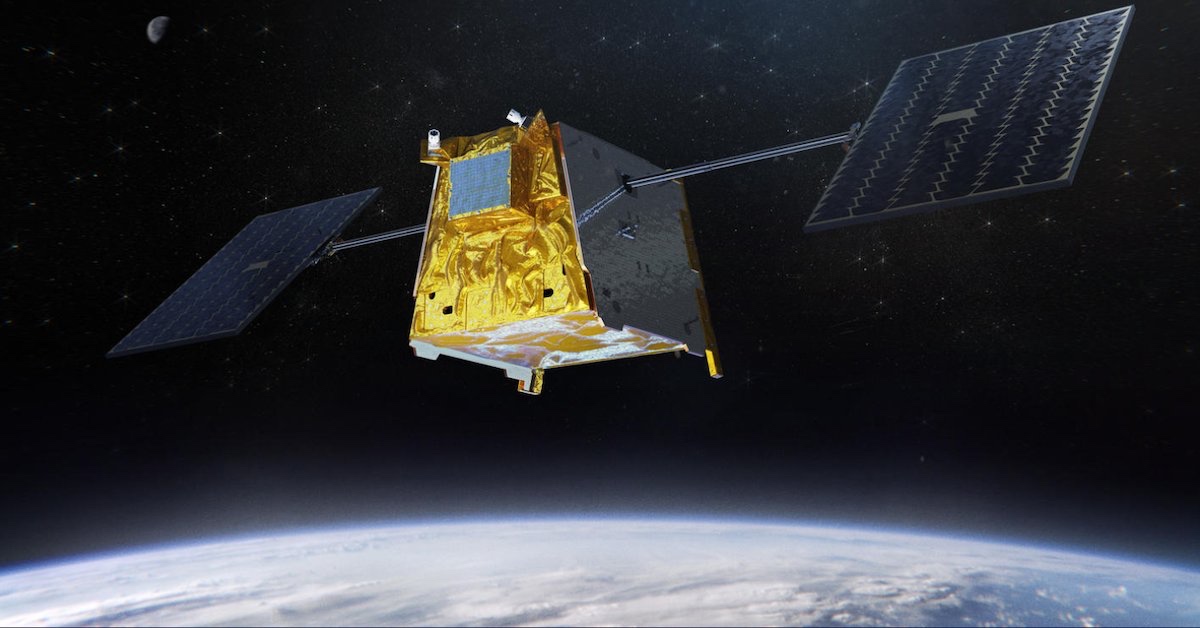Like DNA, peptides are also one of the essential biomolecules. Peptide structures are used, among other things, to create artificial proteins and various nanostructures. Combining these two could result in a very powerful molecular tool that may lead to the next generation of nanotechnology.
An international research team does the same and created a powerful supermolecule with the potential to revolutionize science further. This superpower molecule could allow scientists to make more advanced nanostructures, for example, for detecting diseases.
Combining DNA and peptides can be used to create artificial proteins. These artificial proteins are more stable and, thus, more reliable than natural proteins, which are vulnerable to heat, UV, chemical reagents, etc.
Hanbin Mao, professor at Chemistry and Biochemistry, Kent State University, said, “Our next step will be to investigate whether it can be used to explain the cause of Alzheimer’s disease in which malfunction are culprits.”
In this new study, scientists reported the mechanical properties of a new structure composed of three-stranded DNA structures and three-stranded peptide structures. It may sound simple, but it is far from.
Hanbin Mao said, “Imagine you want to stack your two hands by matching each finger while both palms face the same direction. You will find out it is impossible to do it. You can only do this if you can trick your two hands into having the same chirality.”
Scientists did the same by tricking the chirality. They changed the peptide chirality from left to right so that it could fit with the chirality of the DNA and works with it instead of repelling it.
Chenguang Lou, associate professor at Department of Physics, Chemistry and Pharmacy, University of Southern Denmark said, “This is the first study to show that the chirality of DNA and peptide structures can communicate and interact when their handedness is changed.”
Hanbin Mao said, “The answer is energy: the chiral world requires the lowest energy to maintain; therefore, it is most stable.”
Journal Reference:
- Pandey, S., Mandal, S., Danielsen, M.B. et al. Chirality transmission in macromolecular domains. Nat Commun 13, 76 (2022). DOI: 10.1038/s41467-021-27708-4
Note: This article have been indexed to our site. We do not claim legitimacy, ownership or copyright of any of the content above. To see the article at original source Click Here












